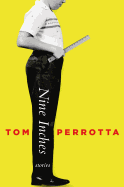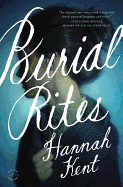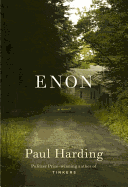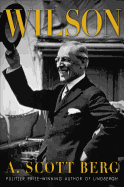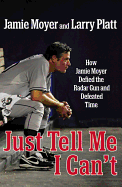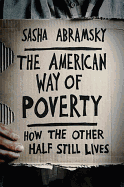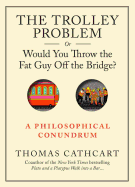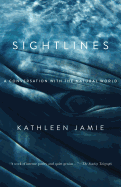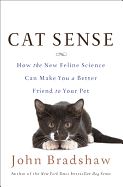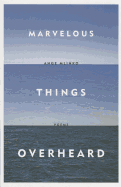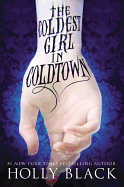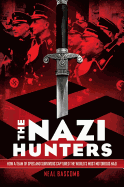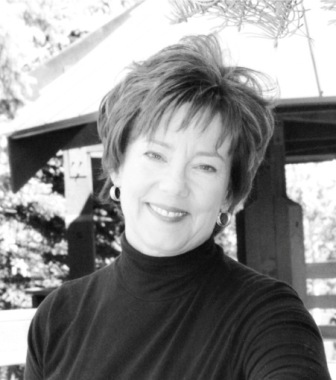 Diane Mott Davidson is the author of 16 novels featuring caterer and sleuth extraordinaire Goldy Schulz. Davidson has won the Anthony Award from Bouchercon, and has been nominated for the Agatha, another Anthony and the Macavity Award. She and her husband divide their time between Colorado and Florida. Davidson's new novel is The Whole Enchilada (Morrow, August 27, 2013).
Diane Mott Davidson is the author of 16 novels featuring caterer and sleuth extraordinaire Goldy Schulz. Davidson has won the Anthony Award from Bouchercon, and has been nominated for the Agatha, another Anthony and the Macavity Award. She and her husband divide their time between Colorado and Florida. Davidson's new novel is The Whole Enchilada (Morrow, August 27, 2013).
On your nightstand now:
We're reading The Healing of America by T.R. Reid for the Rocky Mountain Stanford Association book club. This work is a superb, data-driven, nonpolitical analysis of how other developed nations are able to deliver high-quality health care at much lower cost than we do here at home. The book is dedicated to Dwight Eisenhower, who saw during World War II that Germany had roads superior to those in the United States. Ike determined to copy what Germany had done with the Autobahn in the U.S., and our interstate highway system was born. Reid argues that we should see what other developed countries are doing better than we are, to make health care available to all our citizens.
Favorite book when you were a child:
I especially cherished The Secret of the Old Clock (a Nancy Drew mystery) by Carolyn Keene, because my mother gave me her copy. I read it and reread it until it fell apart.
Your top five authors:
Anne Tyler's Celestial Navigation was recommended to me by a friend, and after that I became a devotee. In the early '70s, we lived in a small house in Baltimore's Roland Park, where Tyler's books are set. I feel as if her unforgettable characters are always with me. Sue Grafton's A Is for Alibi was a revelation, and Kinsey Millhone is a character for the ages. I treasure Elmore Leonard's work not only for the writing, but because he does female characters so well. Alice Hoffman spins elegant webs with her stories, and I am always captured. I adore Dick Francis's mysteries, because of their crisp, clean prose, well-drawn characters, and intricate plots.
Book you've faked reading:
One of our assignments in high school was to read Vanity Fair by William Makepeace Thackeray. After the first 50 pages, I gave up.
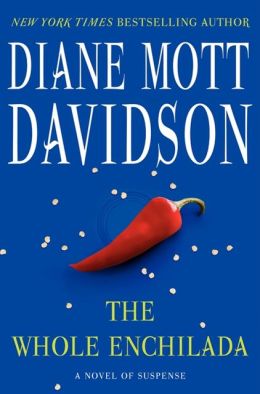 Book you're an evangelist for:
Book you're an evangelist for:
Whenever I finish a book, I go to The Tattered Cover in Denver, ask for help picking out books, and end up with a pile of about a dozen. I then go to their cafe, order a latte, and carefully read the first few pages of each one, to decide which ones to buy. This was how I was introduced to Look at Me by Jennifer Egan, one of the best-written books I have ever read. Egan asks the question, How do we see people? The answers in this brilliant novel are startling. The way Egan anticipates 9/11 with one of her characters is particularly chilling.
Book you've bought for the cover:
The Crimson Petal and the White by Michel Faber (and I loved it). I was in a long line at my now sadly-closed Borders during the holidays. The cover of The Crimson Petal and the White, displayed nearby, caught my attention. So I reached it, read the first 10 pages while still in line, and bought it. The book is a captivating historical novel told from the point of view of a prostitute in Victorian England.
Book that changed your life:
Writing Down the Bones by Natalie Goldberg. Goldberg gives writers access to right-brain techniques for finding their voices and stories. I've also attended her workshops, which are superb.
Favorite line from a book:
"Sister Dominique says a prayer to Saint Peregrine for her Canadian nephew's cancer as she dashes flour on a kitchen table and turns over a great slab of dough that rolls as slowly as a white pig." --from Mariette in Ecstasy by Ron Hansen.
Books you most want to read again for the first time:
Mariette in Ecstasy by Ron Hansen. Mariette in Ecstasy is not only a beautifully written literary novel set in a convent; it asks the questions: What does it mean to feel touched by the transcendent? What do we mean by a miracle? Major Pettigrew's Last Stand by Helen Simonson. Lit by Mary Karr. Of Such Small Differences by Joanne Greenberg. Once the children were off to school and the household chores done, I savored my time reading Of Such Small Differences and Mariette in Ecstasy. I read Major Pettigrew's Last Stand and Lit once the kids had grown up, and I delighted in them, too. I've always wanted to form a group called "Women Who Read Too Much."
Book Brahmin: Diane Mott Davidson
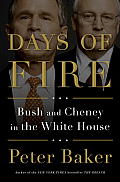 Days of Fire: Bush and Cheney in the White House by Peter Baker (Doubleday, $35, October 22): 816 pages. "The real story of Bush and Cheney is a far more fascinating tale than the familiar suspicion that Cheney was the power behind the throne."
Days of Fire: Bush and Cheney in the White House by Peter Baker (Doubleday, $35, October 22): 816 pages. "The real story of Bush and Cheney is a far more fascinating tale than the familiar suspicion that Cheney was the power behind the throne."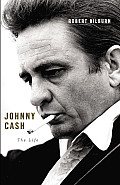 Johnny Cash: The Life by Robert Hilburn (Little, Brown, $32, October 29): 688 pages. "People don't just listen to Johnny Cash--they believe in him. But no one has told the Man in Black's full story, until now." For his fans, the book won't be long enough.
Johnny Cash: The Life by Robert Hilburn (Little, Brown, $32, October 29): 688 pages. "People don't just listen to Johnny Cash--they believe in him. But no one has told the Man in Black's full story, until now." For his fans, the book won't be long enough.



 Book you're an evangelist for:
Book you're an evangelist for: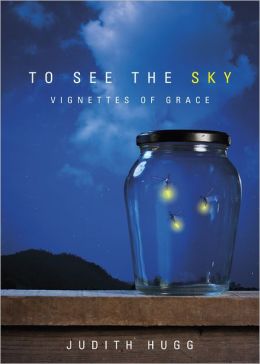 I recently read a winning book by Judith Hugg, To See the Sky: Vignettes of Grace (Tate Publishing). It's a memoir about wounded hearts and grace, told with gentle humor and love. It can be read in sequence or dipped into randomly. An excerpt from an early chapter:
I recently read a winning book by Judith Hugg, To See the Sky: Vignettes of Grace (Tate Publishing). It's a memoir about wounded hearts and grace, told with gentle humor and love. It can be read in sequence or dipped into randomly. An excerpt from an early chapter: